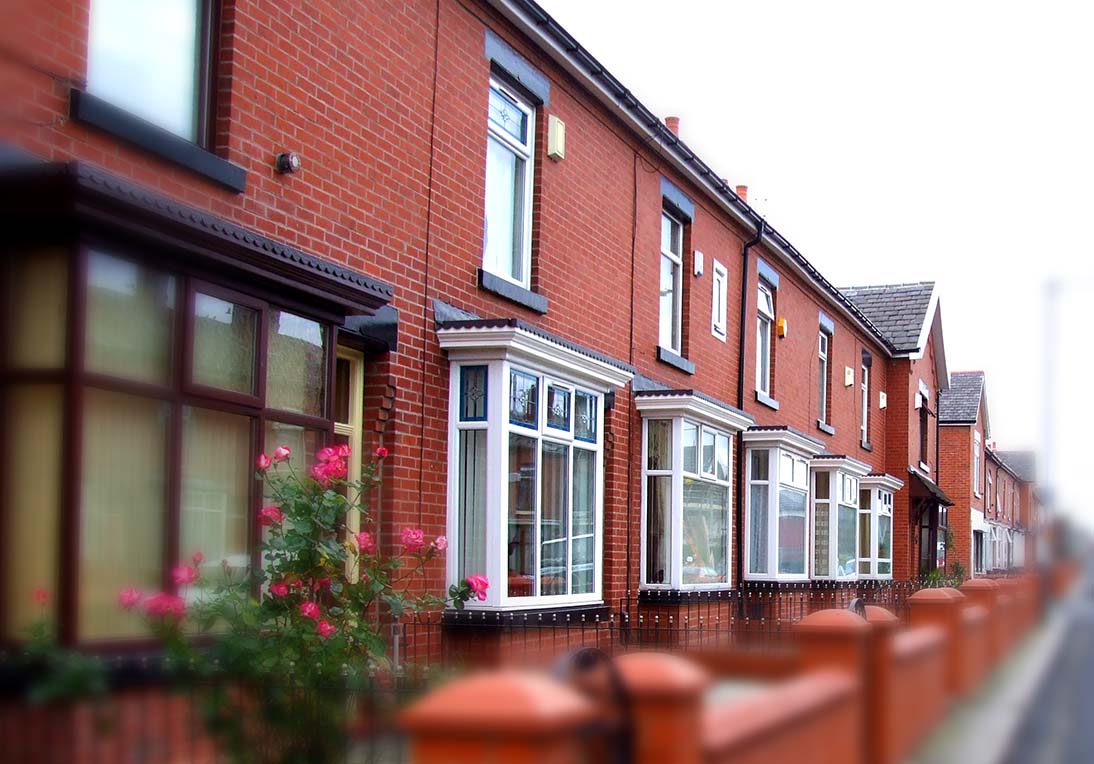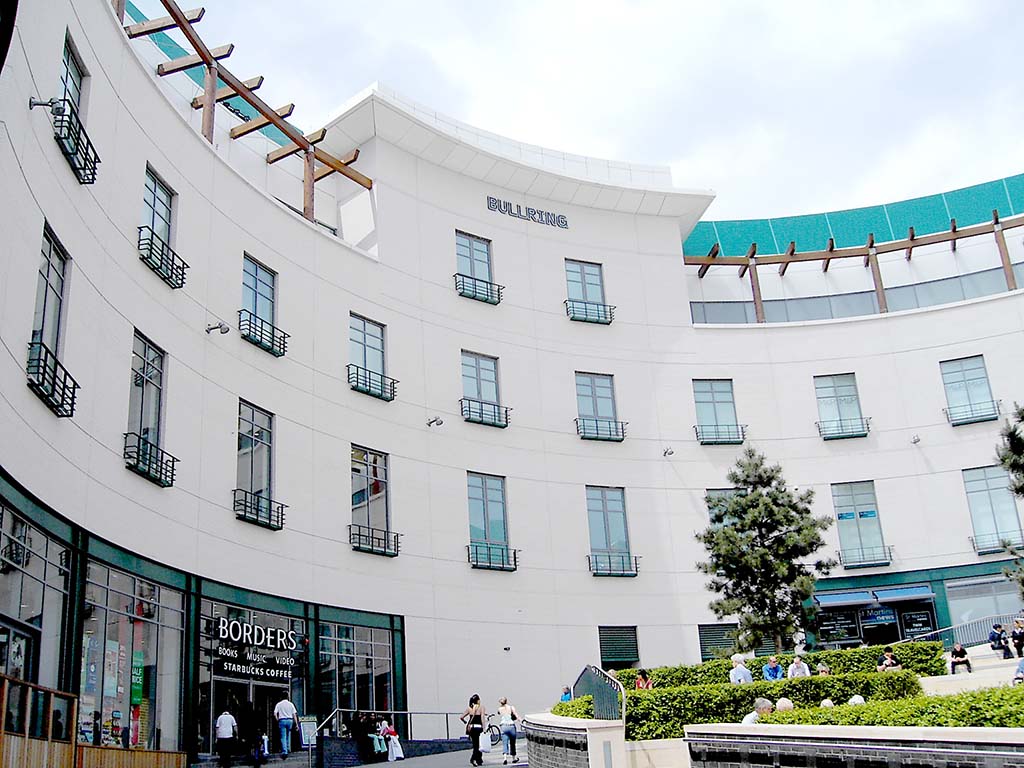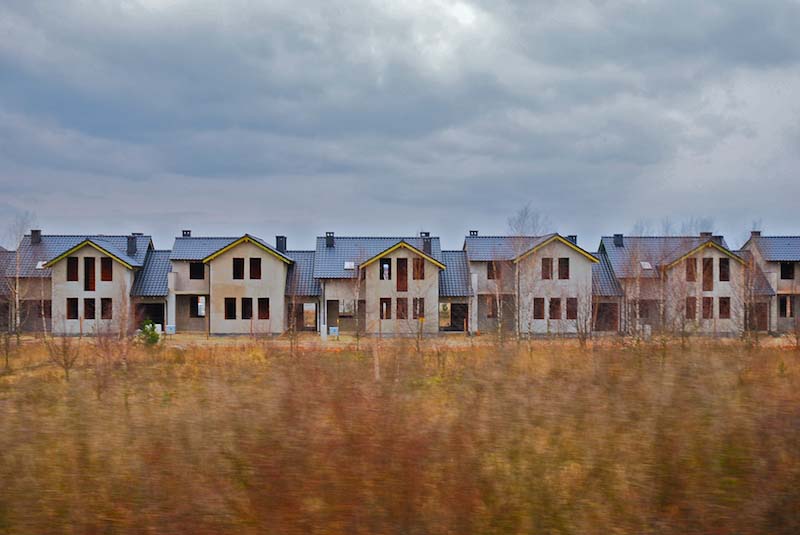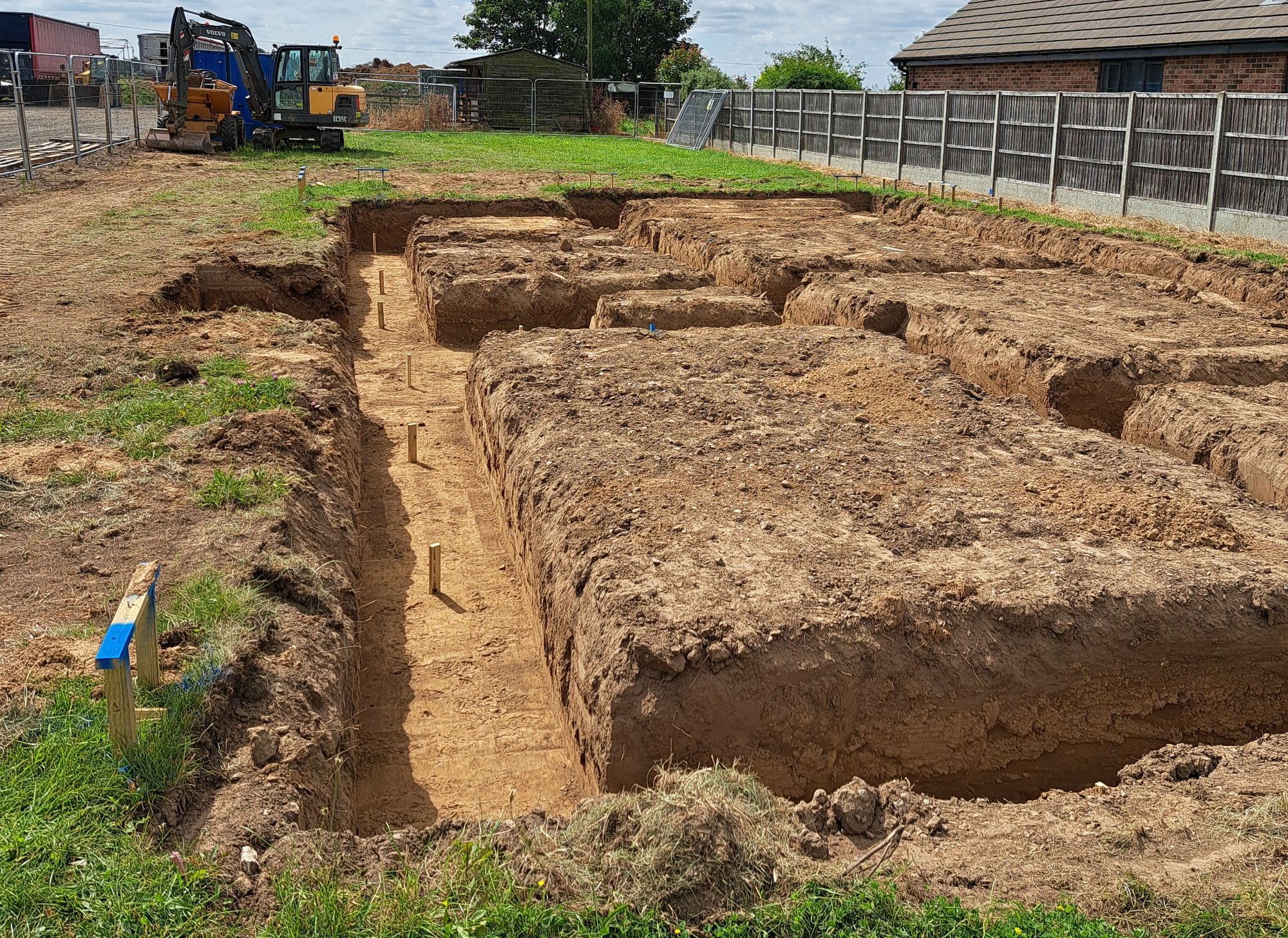Frequently Asked Questions
Holiday Lets
What is Serviced Accommodation/Holiday let?
Serviced Accommodation (SA) refers to a residential property that a landlord rents out on a short-term basis, typically offering a range of amenities. These may include furnishings, appliances, and services such as cleaning and housekeeping.
When investing in SA, it’s essential to secure the right type of mortgage. Unlike standard Buy to Let mortgages, the mortgage for serviced accommodation is more specialized, as you’re renting to ‘guests’ rather than long-term ‘tenants’. This type of mortgage allows you to rent the property on a short-term basis, usually up to three months.
This kind of mortgage is perfect for landlords who wish to target the holiday let market, as well as contractors or business travelers, renting through platforms like Airbnb and Booking.com.
Serviced Accommodation Mortgages aren’t typically offered by mainstream high street lenders but we are experienced in working with these specialised mortgages and have access to exclusive lenders, enabling us to find the best rates for you.
How does a Serviced Accommodation/Holiday Let Mortgage differ from a standard Buy to Let?
The key difference between these two types of mortgages lies in how the lender assesses how much you can borrow. With a Buy to Let (BTL) mortgage, you have consistent monthly rental income, which remains relatively stable throughout the year. In contrast, with a Serviced Accommodation (SA) property, the rental income can fluctuate. For instance, if you’re renting as a holiday let, you may experience varying demand across different seasons—low, mid, and high season—each with different nightly rates. As a result, the lender must estimate the potential annual rent you could earn, taking these seasonal variations into account.
Can I stay in my own Serviced Accommodation property?
While many lenders are okay with you staying in your own Serviced Accommodation property for short periods, some may have restrictions on this. It’s important to clarify your intentions from the very beginning of your mortgage process to ensure we can secure the right mortgage deal for you.
Since this type of mortgage can be quite complex, it’s a good idea to reach out to our experienced advisers. We’ll carefully assess your circumstances and help you find the best mortgage option tailored to your needs.
Buy to Let
What is the difference between a HMO and a MUB?
A HMO, or ‘house of multiple occupation’ is where the property is let on a room by room basis inside a property which is laid out like a typical house. For example a house with 6 bedrooms, but one kitchen and a communal area.
A MUB, or ‘multi unit block’ tends to be multiple self containted untis under one title. For example a house converted into two flats, where each one has it’s own entrance and own kitchen/living spaces.
Both of these can be ways of generating a higher rental yield as a landlord.
When am I classed as a portfolio Landlord?
A portfolio landlord is defined as a borrower with 4 or more mortgaged buy-to-let properties.
How much deposit do I need?
Most buy to let lenders will require that you have a 25% deposit, but we have access to lenders where only 15% will be needed!
Can I buy a property into my trading company?
Yes! Although less lenders offer this type of mortgage so it is good to discuss the reasons why owning the property in your trading company is important, and discussing with a tax professional as well. By looking at all of the options, we can figure out which one is the most suitable and cost effective choice for you overall.
Commercial Mortgages
How much can I borrow?
Your loan size can start from £50,000. There is no real limit on the loan amount you can borrow. The loan amount will depend on the income from the rent and the maximum loan to value a lender offers.
If you are purchasing for your own business, then lenders will assess your ability to repay the mortgage based on your business earnings rather than your personal income. This includes examining your profits before interest, tax, depreciation, and amortisation (EBITDA). The goal is to ensure that your business can support the mortgage payments.
If you are purchasing to lease the premises to another business, then the available loan will be determined by looking at the monthly rental income that could be achieved from the property, alongside the type of business that it will be rented to.
How much do I need for my deposit?
Commercial mortgage lenders will want you to put down a deposit of 25%-40% of the property value, this will depend on the type of property, the risk and business type.
A commercial investment mortgage (you are renting the property to tenants) has a maximum loan to value of 75%.
An owner-occupier mortgage (you will run your company from the property) has a maximum loan to value of 80%.
The type of building you are borrowing for will also affect the amount of deposit you need. Some properties are a higher risk to lenders than others. If your property is higher risk, you may need a higher deposit of 40% or more.
If you are struggling to raise cash for a deposit, you may be able to borrow against other property you own. If you have enough equity available (you own a large percentage of the property).
What documents will I need?
This will vary lender by lender, and depending on your circumstances, however your advisor will be able to confirm the documents required after an initial conversation. Typically you would be asked for the following:
- 2 years of accounts/tax returns
- Business bank statements
- Company information including details of the directors and shareholders
- Personal asset & Liability statements
- Tenant or lease details (if you are letting the property to another business)
Development Finance
How Much Can You Borrow?
The amount you can borrow for property development finance varies based on your project, the security you provide, and your experience. By leveraging a diverse network of lenders, we can find the best solution for your specific needs:
- Borrowing amounts range from £50,000 to £25 million, suitable for projects of all sizes.
- Loan terms can vary from 1 month to 5 years, offering flexibility for different project timelines.
- We can offer competitive rates, ensuring cost-effective funding options.
The calculation of your borrowing capacity in property development finance depends on three main factors:
- The Gross Development Value (GDV) of your project
- Your development experience
- Your financial situation
Lenders typically provide loans up to 65% of the GDV, as long as they are satisfied with your project plans and forecasts. For projects with higher developer contributions and strong track records, it’s possible to secure additional mezzanine finance, potentially up to 90% of GDV.
Can You Find a Lender for 100% Development Costs?
Yes, it is possible, but typically only if you meet certain criteria:
- You have substantial equity in the project, which reduces the overall Gross Development Loan-to-Value (GDLTV).
- You have other assets, such as land or property, that can be used as security.
How Long Does It Take to Get The Funds?
The processing time for a development loan application typically takes around 8 weeks, though it can be quicker if all documents are provided promptly and efficient solicitors are involved.
For larger projects, the release of funds may occur in a series of drawdowns, contingent on the approval of a monitoring surveyor. The lender will hire a surveyor to inspect the progress of the work and ensure it aligns with the proposed plans. After the surveyor submits a report, the lender will assess the progress and then release the funds accordingly.
The Process Explained
Securing development finance involves several key steps. It typically looks like this:
- Initial Inquiry: You receive free advice and submit a formal application to lenders when ready.
- Agreement in Principle: The lender provides an indication of terms and conditions.
- Due Diligence: The lender conducts due diligence, which may include site visits and valuations.
- Projected Future Value: You provide the projected future value of the development.
- Formal Loan Offer: The lender makes a formal loan offer, which is accepted by the borrower.
- Documentation: Lawyers prepare the necessary documentation for signatures, leading to the exchange of contracts.
- Completion: The first drawdown of funds occurs to purchase land or start construction.
- Additional Drawdowns: Further drawdowns fund construction costs.
- Repayment: The loan is typically repaid upon the sale or refinancing of the development.
Most lenders require a substantial set of documents from the borrower at the application stage. We work closely with our clients to streamline this process. Being well-prepared can significantly enhance the chances of successful funding. Although each lender has specific documentation requirements, key paperwork generally includes:
- Details of planning permission and relevant drawings
- Information on any planning restrictions or levies that may affect project profitability
- A complete breakdown of all project costs
- Details of the borrower’s development experience, including examples of past projects
- A schedule of works (operational calendar) organized by phases
- Information on architects, contractors, etc.
- A list of the borrower’s current assets and liabilities, along with projected expenses during the project
- A proposed exit strategy
- The projected gross development value—what the project will be worth upon completion
While experience is preferred by most lenders, there are options available for first-time developers as well. Request a call back from one of our Commercial Finance Managers to explore the possibilities.
Bridging Loans
How Long Does It Take to Obtain Bridging Loan Funds?
The process for securing bridging loan funds is designed to be fast and simple versus the process of getting a mortgage.
Our team are happy to give you an indicative decision over the phone within minutes. If you wish to proceed, we will complete the application on your behalf and on receipt of the fully completed returned pack and all outstanding information, we process your case through to completion. Once the application is submitted to a lender, typical timescales look like the below:
- Decision to Lend: Usually the same day, but within 48 hours.
- Formal Loan Offer: Usually issued within the first 2 weeks, but often faster.
- Loan Completion: Generally occurs within 2 to 4 weeks, depending on your specific needs and requirements. Some lenders can do this faster if needed.
Please note that these timeframes are estimates and can vary based on individual circumstances.
What about early repayment charges?
Unlike most mortgages or other secure borrowing products, bridging loans do not typically have early repayment charges. If there is a penalty for early repayment, you will be informed of it when you apply for the loan, but generally bridging loans are designed so that you can exit as soon as you are ready, with minimal or no penalties.
Can I get 100% bridging finance?
Using another property to offer additional security or buying a property that is under market value purchase are the two main strategies to obtain a bridging loan with a higher LTV. It may be possible to get a 100% bridging loan by offering additional security to the lender, such as another property that you already own.
What if I have bad credit/low income?
The good news is, because there is usually no monthly payments with a ridging loan, the lender cares much less about your credit or income, and usually as part of the process there is very little (if any) income proof that needs to be provided. The lenders are much more concerned about the security you are providing and your exit route.
If you are looking at exiting with a traditional mortgage though, this is something that we do need to consider, however we work with many lenders who may accept some adverse credit and can also discuss exit solutions for low income as well. We will always get you approved for the exit before you go ahead with the bridging loan so that we know it is already approved in principle and lined up for you when you need it.








